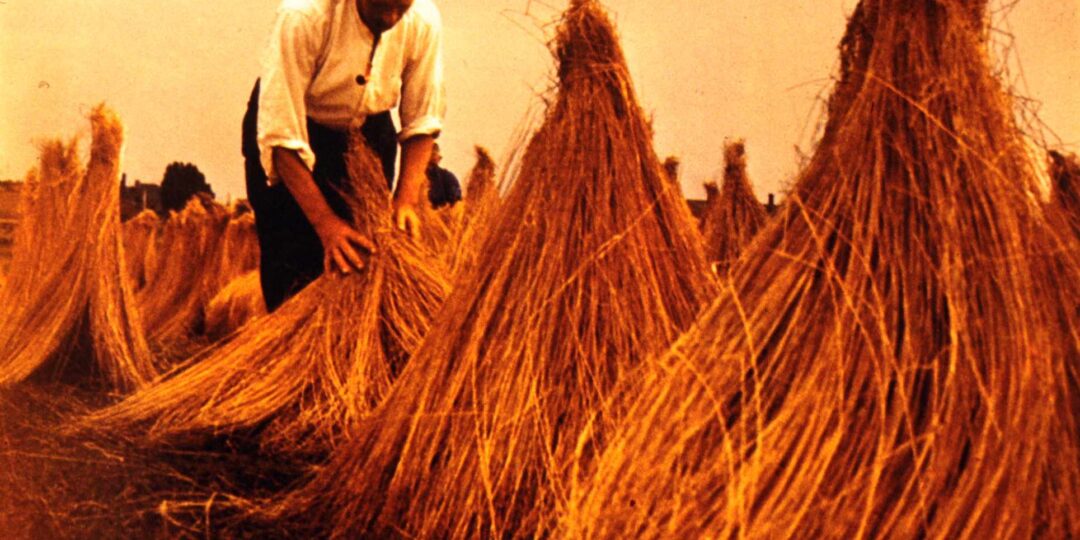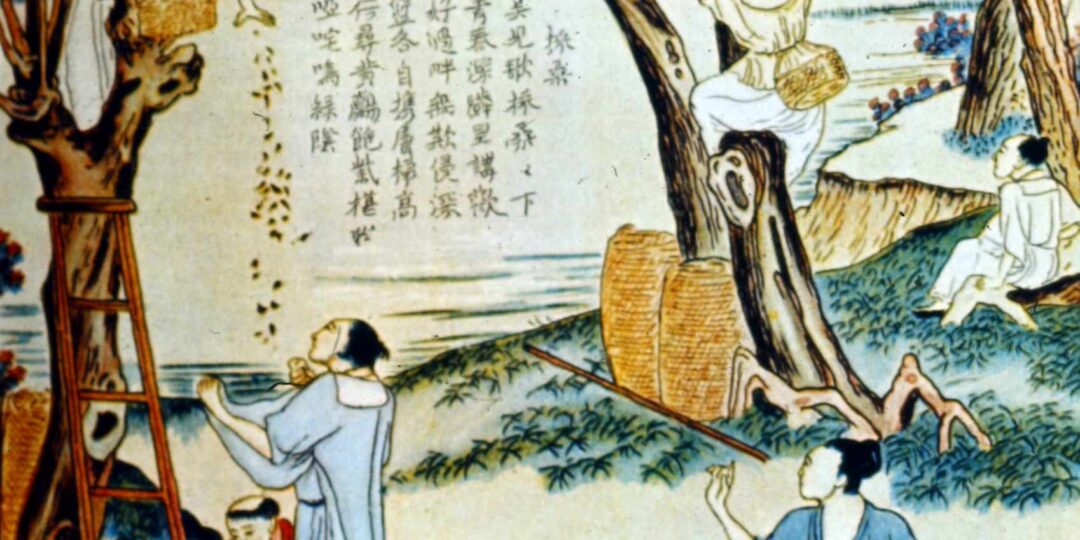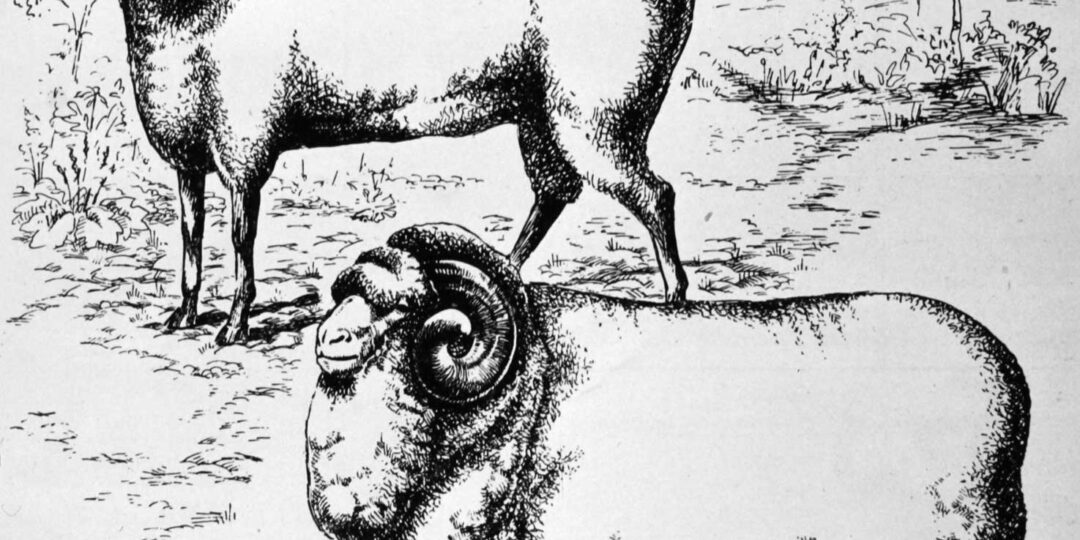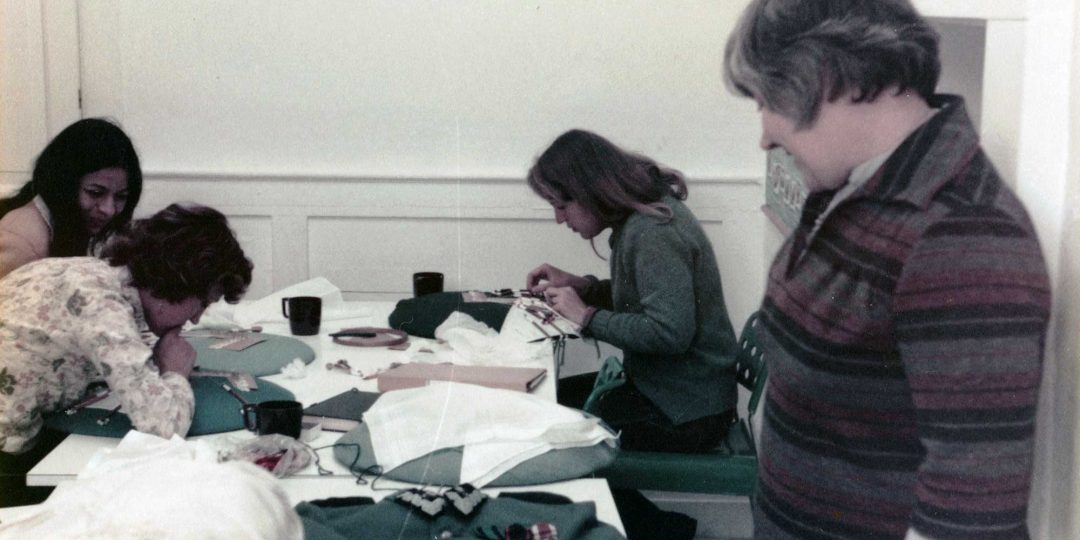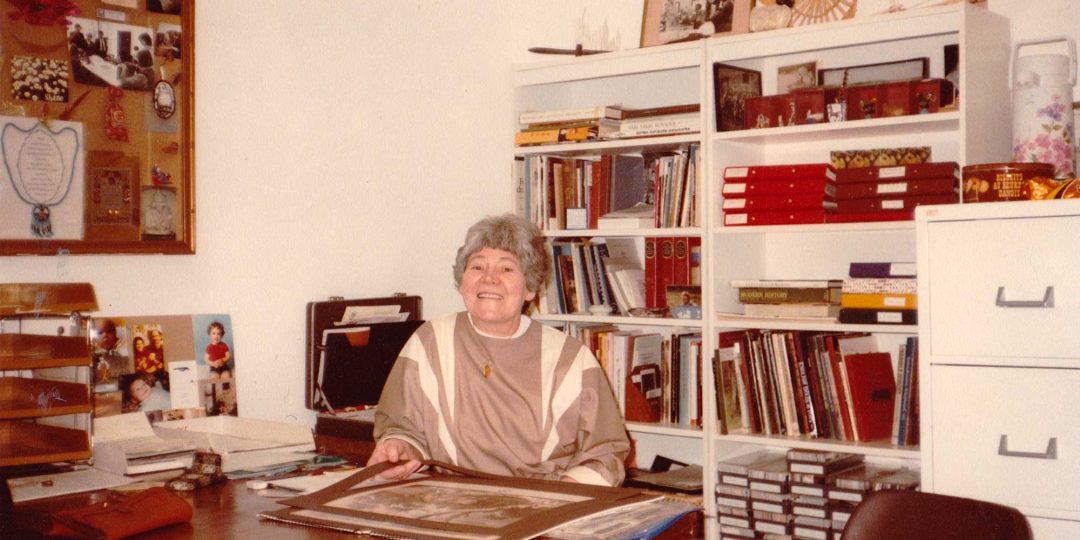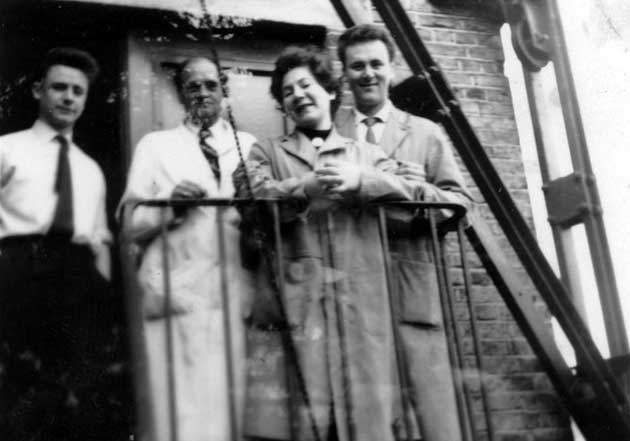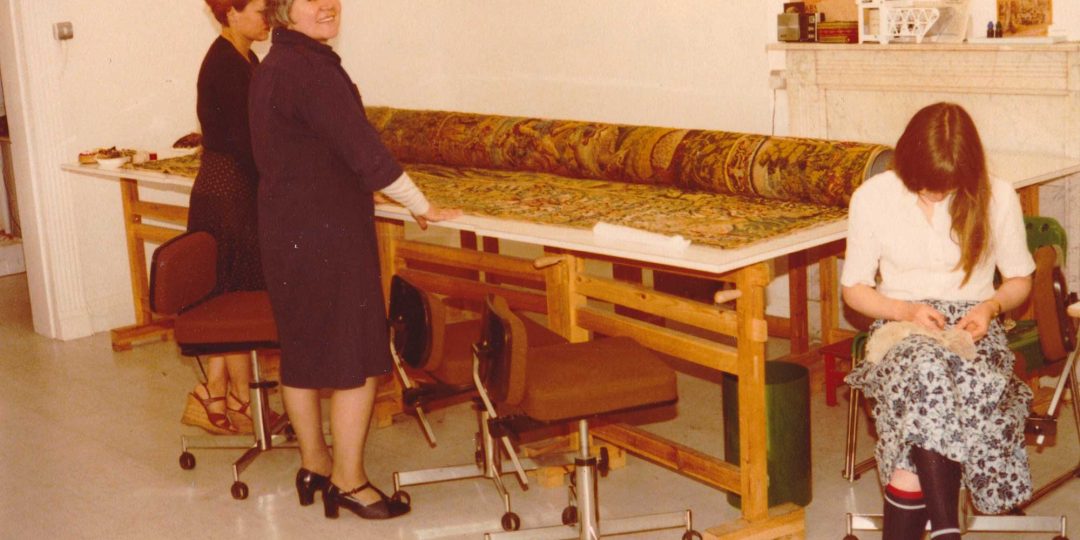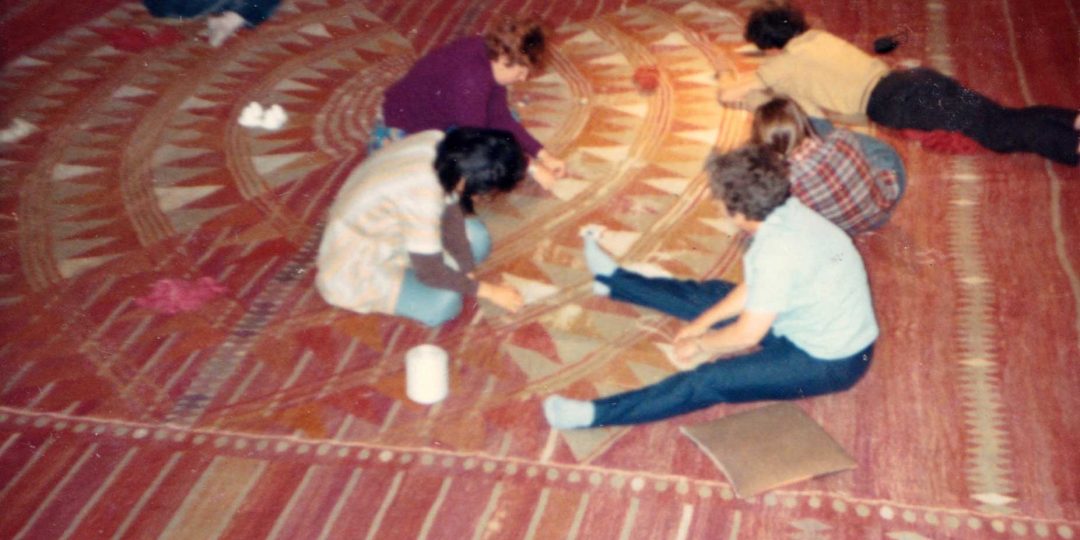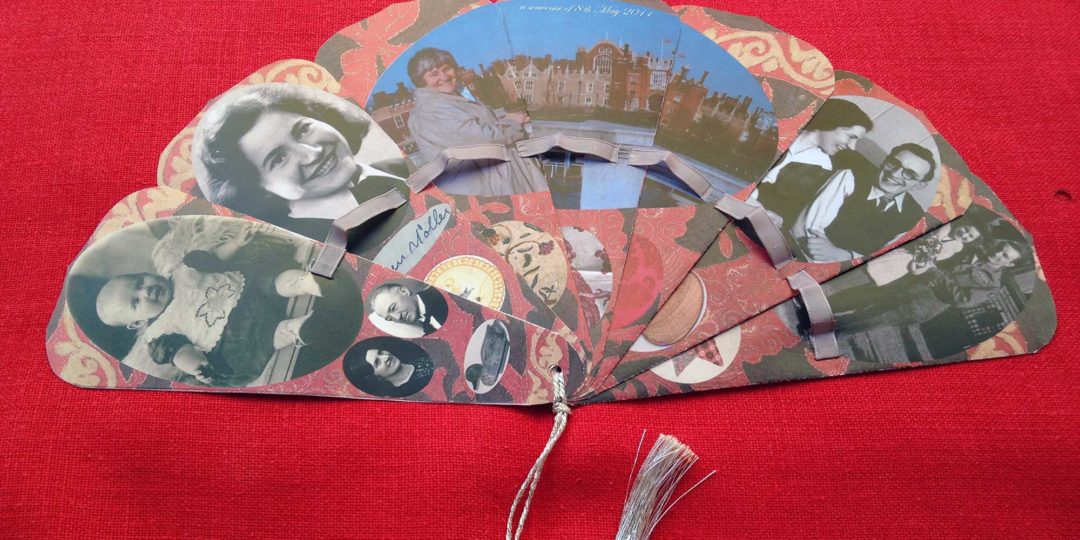-
Lecture 4: Linen
- May 08, 2023
- By Stephen Cole
- In Lecture Notes
Editor’s note The images in the right-hand margin (indicated by red numbers within the text) are the slides Karen displayed while she was delivering the lecture. We have retained Karen’s original numbering, so where slides are missing due to copyright issues some numbers will be non-sequential. Part 1 Quite a…
-
Lecture 3: Silk
- May 08, 2023
- By Stephen Cole
- In Lecture Notes
Editor’s note The images in the right-hand margin (indicated by red numbers within the text) are the slides Karen displayed while she was delivering the lecture. We have retained Karen’s original numbering, so where slides are missing due to copyright issues some numbers will be non-sequential. Part 1: The history…
-
Lecture 2: Wool
- May 26, 2022
- By Stephen Cole
- In Lecture Notes
Editor’s note The images in the right-hand margin (indicated by red numbers within the text) are the slides Karen displayed while she was delivering the lecture. We have retained Karen’s original numbering, so where slides are missing due to copyright issues some numbers will be non-sequential. Part 1: History 1…
-
Lecture 1: Introductory Lecture
- May 05, 2021
- By Stephen Cole
- In Lecture Notes
The first lecture will introduce you to the structure of the course and to what we hope to achieve, and give a brief history of textile conservation with its particular ethics and the principles to which we work. The First Year or Basic Course is designed to provide the key…
-
FAIC Oral History Interview: Session 1
- Apr 29, 2021
- By Stephen Cole
- In Interviews
Well, this is day one of our sessions for the AIC oral history file. And the obvious thing to start with is where and when you were born. On a farm in Northern Jutland in Denmark. And do you want my birthday too? Well, it would be helpful. On the…
-
FAIC Oral History Interview: Session 2
- Apr 28, 2021
- By Stephen Cole
- In Interviews
Well, this is day two, it’s July 17th, 1985, and this is an interview with Karen Finch. Actually, I wanted to pick up on what we were talking about yesterday, and the Royal School of Needlework. I was wondering if the people like yourself were considered apprentices, or were you…
-
FAIC Oral History Interview: Session 3
- Apr 28, 2021
- By Stephen Cole
- In Interviews
Where did we get to yesterday? Well, yesterday we got to when the committee was set up to get the palace. No, the committee was set up to get charitable status for a National Institute for Textile Conservation. That’s right, excuse me. Yes, and the offers of space came from…
-
FAIC Oral History Interview: Session 4
- Apr 27, 2021
- By Stephen Cole
- In Interviews
Well, this is our last session, and I’m going to change the subject from last week’s adventure on the roads, to the Centre’s moderate position on the use of adhesives. I was wondering how you felt, because in conferences, the Centre does put across this moderate view that they will…
-
Tribute to Karen Finch from Philip Sykas
- May 23, 2019
- By Stephen Cole
- In Tributes
An enormous curiosity about textiles led Karen Finch, who died this year aged 96, on an unusual life journey as a weaver, textile conservator and educator. Born the eldest daughter in a Danish farming family, her presumed fate was marriage, bringing with it land and children, but she was determined…
-
The history and the techniques of the spinning of gold thread
- Feb 01, 2019
- By Stephen Cole
- In Articles + Papers
Abstracted in free translation by Karen Finch (1998) from: Sofus Larsen. (1939) Nordisk Guldspinding og Guldbroderi i den tidlige Middelalder. København: Ejnar Munksgaard. Note on the translation: I wish to stress that the information abstracted relates mainly to the practical aspects of making gold thread for weaving and embroidery. Sofus…
×
Author Archives: Stephen Cole
Disclaimer
This website presents a wide range of material written or created by Karen and those around her. Where possible we have requested and received copyright clearance to reproduce this, however there are some materials for which this has been impossible. If you recognise anything on the website which doesn’t have the requisite copyright clearance please let us know and we will endeavour to correct the situation.
Copyright
The content of this website may not be reproduced without consent of the copyright holder
Contact
If you would like to get in touch directly please email info@karenfinchtextiles.com
Web design © Stephen Cole


